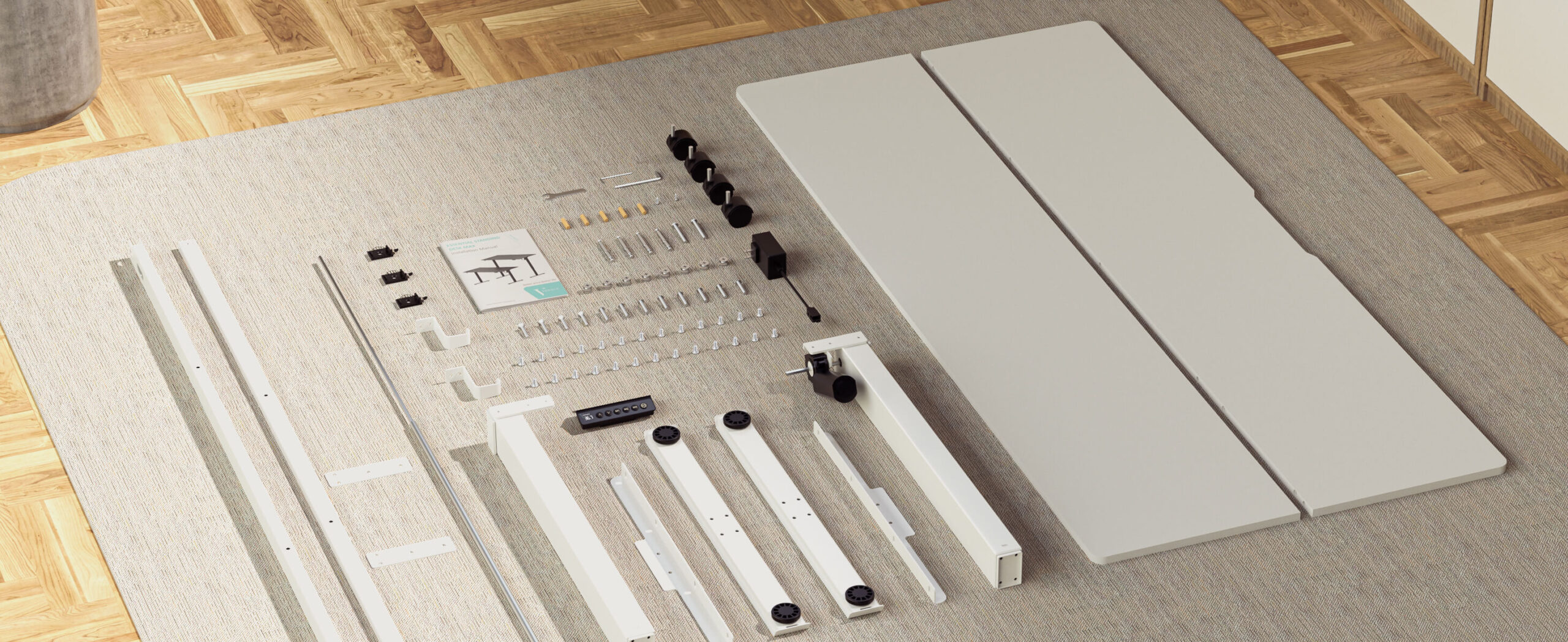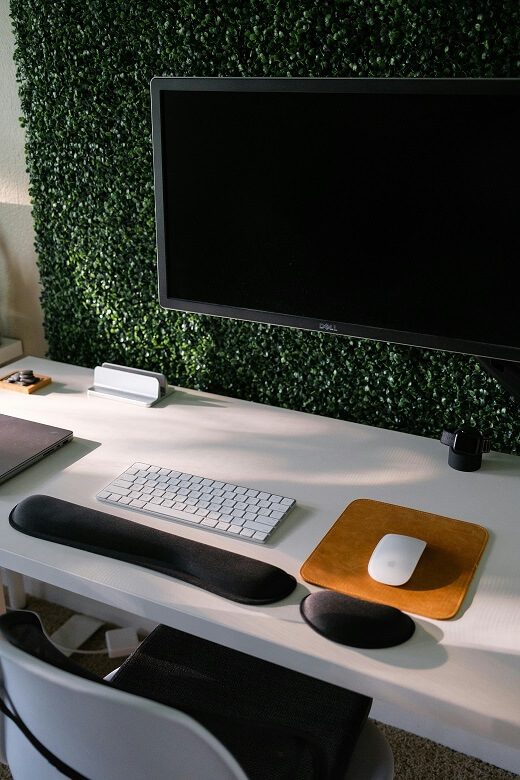The shift toward standing desks is more than just a trend. It’s a revolution in how we think about workplace wellness. Standing desks, which allow employees to alternate between sitting and standing, are gaining popularity across the corporate world. This is not a mere passing fad, but a response to the growing awareness of the dangers associated with prolonged sitting.
A New Approach to Employee Health
Many companies are incorporating standing desks into their wellness programs, and for good reason. Prolonged sitting is linked to numerous health risks, from back pain to heart disease. In fact, research has shown that sitting for long periods can increase the risk of obesity, type 2 diabetes, and even early death. With the rise of remote work and flexible office environments, organizations are recognizing the need for solutions that support employee health and productivity.
Enter the standing desk—a simple but powerful tool that can transform the way we work. By allowing workers to stand for part of the day, these desks help reduce the negative effects of sedentary behavior. But how exactly do standing desks contribute to corporate wellness?

Boosting Employee Engagement and Productivity
It’s no secret that happy employees are more productive. The positive effects of standing desks on workplace wellness go beyond just physical health. Studies show that employees who use standing desks report feeling more energized and engaged in their work. They’re less likely to experience the afternoon slump and are more likely to remain focused throughout the day.
Standing desks also foster a sense of autonomy. Employees appreciate having the ability to adjust their workspace according to their comfort levels. This flexibility can lead to increased job satisfaction and a stronger sense of well-being. In an environment where employee burnout is becoming more common, giving workers the tools to manage their physical health can lead to higher engagement and lower turnover rates.
Enhancing Workplace Comfort
One of the key benefits of standing desks is that they improve overall comfort. Many employees experience discomfort from sitting for long periods, leading to back pain, poor posture, and muscle stiffness. Standing desks help mitigate these issues by promoting a more natural posture and allowing workers to shift between sitting and standing.
The ability to adjust the desk height is particularly beneficial, as it caters to individual body types and preferences. For example, employees can set the desk to a height that aligns with their natural standing posture, reducing strain on the back and neck. The simple act of standing helps to alleviate pressure on the spine and encourages more movement, which is key to avoiding the negative effects of sitting all day.
Creating a Culture of Wellness
Incorporating standing desks into corporate wellness programs is more than just providing employees with ergonomic furniture. It’s about fostering a culture of wellness and making employee health a priority. Many companies now offer wellness initiatives alongside standing desks, such as stretching breaks, fitness classes, and wellness challenges. These initiatives help reinforce the importance of maintaining physical health, both at work and in personal life.
Moreover, standing desks are a symbol of a company’s commitment to well-being. By investing in standing desks, employers signal that they care about their employees’ health and comfort. This investment can go a long way in boosting employee morale and attracting top talent. In fact, companies that prioritize wellness often have higher employee retention rates, as workers are more likely to stay with an employer that values their health.
The Future of Standing Desks
As more companies embrace standing desks, the future of the workplace is evolving. There’s no doubt that these desks will continue to grow in popularity. But standing desks are just one piece of the puzzle. As the corporate world becomes more health-conscious, we can expect to see even more innovations in wellness, from adjustable office chairs to standing workstations and ergonomic accessories.
In the coming years, we might even see a shift in how office spaces are designed. Rather than rows of cubicles with chairs, companies may opt for more flexible workspaces that encourage movement. Employees could have the option to work while standing, sitting, or even walking, depending on their needs.
Conclusion
Standing desks are making a significant impact on corporate wellness programs, providing numerous benefits for both employees and employers. By reducing the health risks associated with prolonged sitting, boosting productivity, and improving comfort, standing desks are transforming the workplace for the better. As more companies adopt these desks, the workplace will continue to evolve, fostering a culture of health and wellness that benefits everyone.
